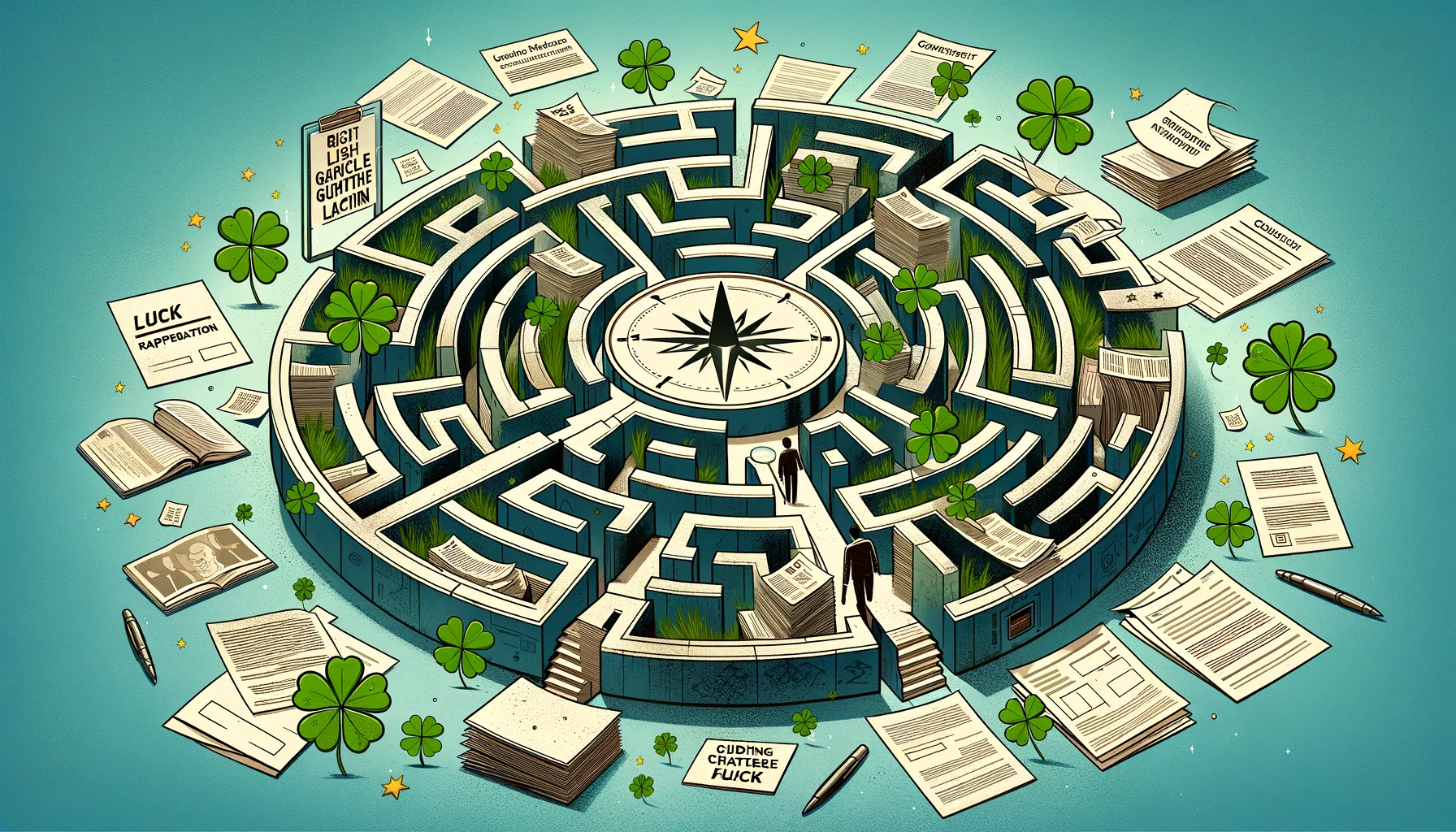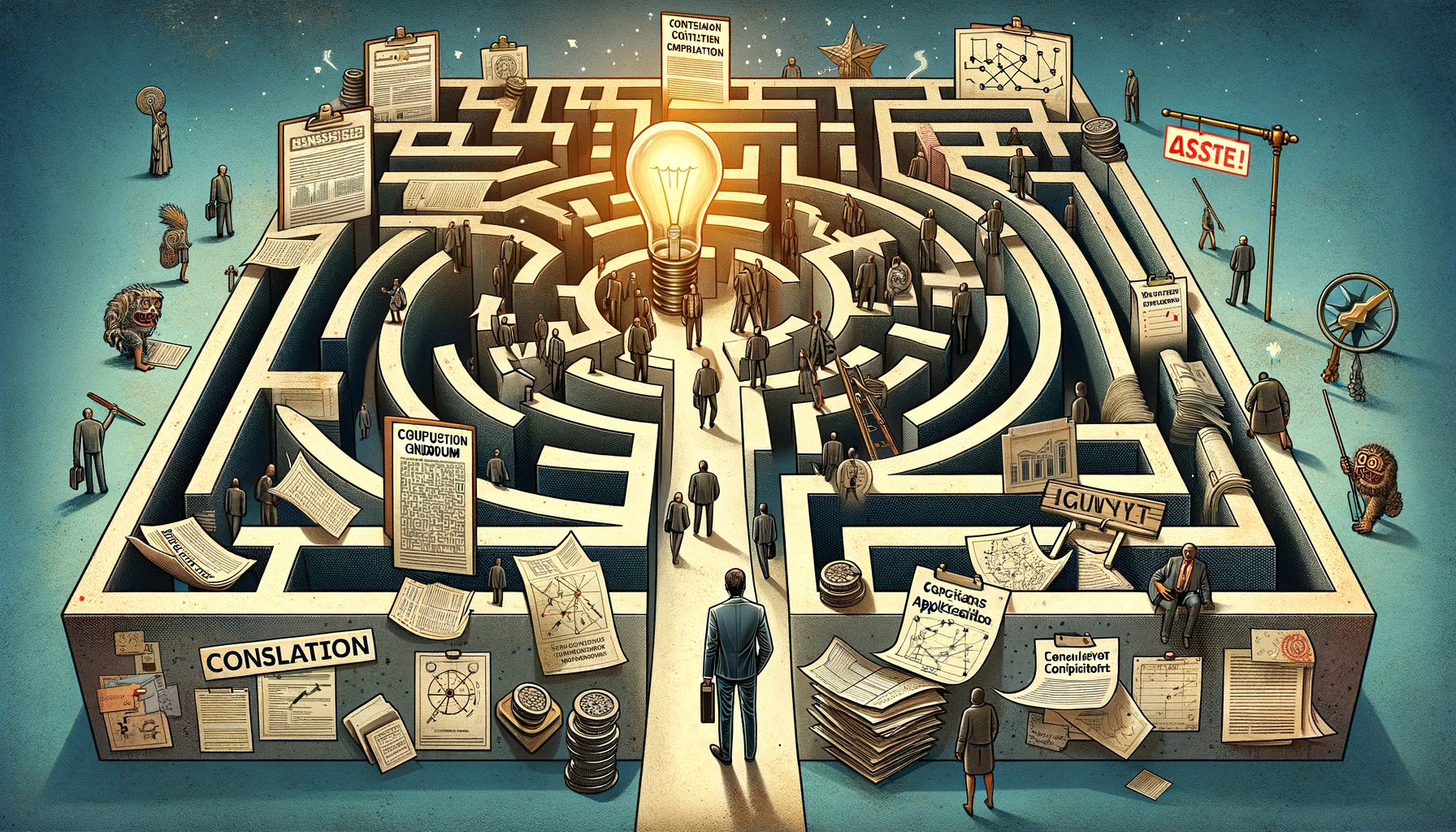AI and Grant Writing: Revolutionizing the Landscape of Startup Funding
Introduction The advent of Artificial Intelligence (AI) has touched and transformed various sectors, including the meticulous and strategic domain of grant writing. This article explores the burgeoning role of AI in the field of grant writing, particularly for securing funding through programs like the European Innovation Council’s (EIC) Accelerator. It highlights how AI tools and technologies are becoming invaluable assets for startups and Small- and Medium-Sized Enterprises (SMEs) seeking non-dilutive grants and equity financing. The AI Revolution in Grant Writing AI in grant writing represents a paradigm shift, offering a spectrum of capabilities from data analysis and pattern recognition to language generation and optimization. As startups compete for funding in programs offering substantial financial backing, such as the EIC Accelerator’s €17.5 million in total financing, AI becomes a powerful ally. It helps in crafting compelling narratives, identifying alignment with funding criteria, and optimizing proposals to enhance their persuasive power. Enhancing Narrative Craft with AI One of the primary contributions of AI in grant writing is its ability to assist in creating powerful, compelling narratives. AI tools can analyze successful grant applications and learn the patterns, styles, and key phrases that resonate with evaluators. By integrating these insights, AI can guide expert writers in crafting applications that are not only technically robust but also engaging and impactful. Streamlining the Structured Template Process The EIC Accelerator and similar funding programs rely on structured templates to ensure consistency and comprehensiveness in applications. AI can streamline this process by suggesting content organization, highlighting critical sections that need attention, and ensuring all necessary elements like Technology Readiness Level (TRL) and market strategy are effectively communicated. This ensures that the application is not only complete but also resonates with the evaluators’ expectations and program objectives. Predictive Analytics and Strategic Insights AI’s ability to analyze large datasets extends to predicting trends and providing strategic insights. For startups navigating the complex landscape of grant applications, AI can offer predictions on funding opportunities, evaluator preferences, and success rates based on historical data. This predictive capability allows startups to strategize their applications more effectively, increasing their chances of success. The Role of Expert Writers in an AI-Driven World While AI brings remarkable tools to the grant writing process, the role of expert writers, consultants, and freelancers remains irreplaceable. They bring a human touch, understanding the nuances of storytelling, and ethical considerations that AI cannot fully grasp. The synergy between AI tools and human expertise creates a powerful combination, enhancing the quality and success potential of grant applications. Conclusion AI’s integration into grant writing marks an exciting development in the field of startup funding. It offers the promise of enhanced narratives, streamlined processes, predictive insights, and strategic optimizations. However, the human expertise of professional writers and consultants remains at the heart of this process, ensuring that the application not only meets the technical criteria but also tells a compelling innovation story. As AI continues to evolve and become more sophisticated, its partnership with human intelligence is set to revolutionize the grant writing landscape, opening new doors of opportunity for startups and SMEs seeking to secure vital funding for their innovative projects.











